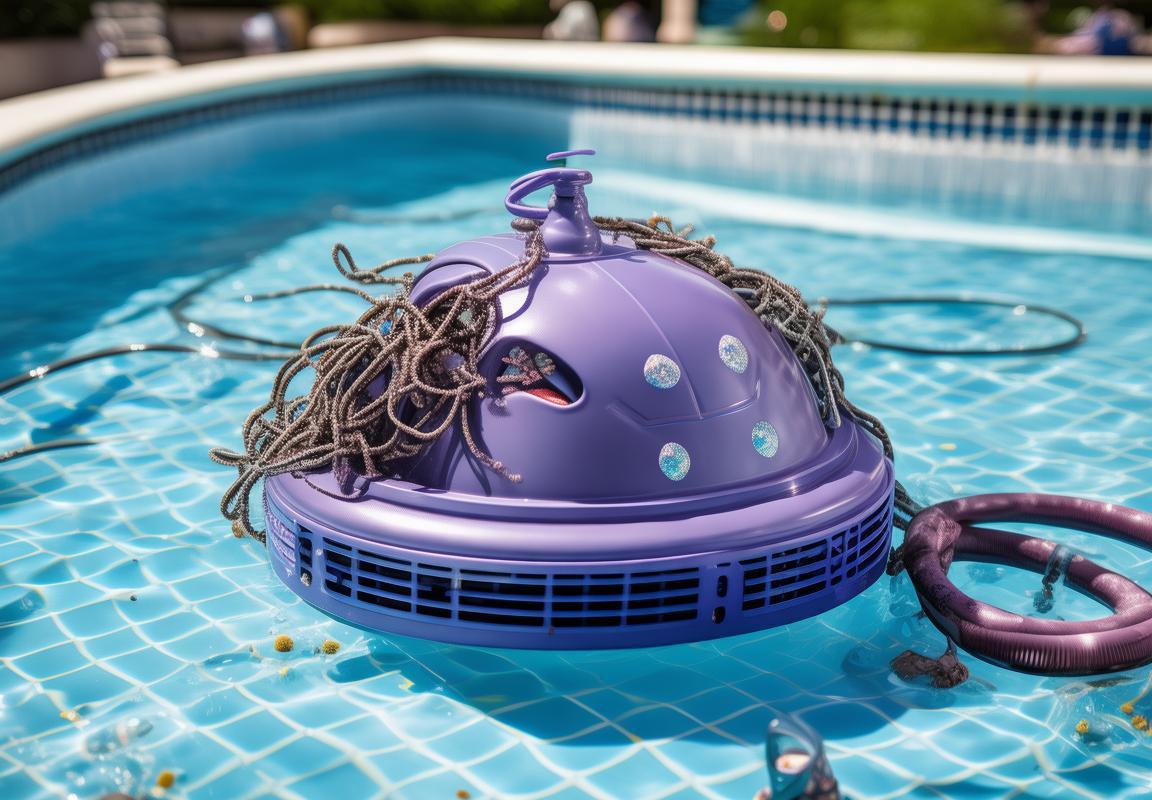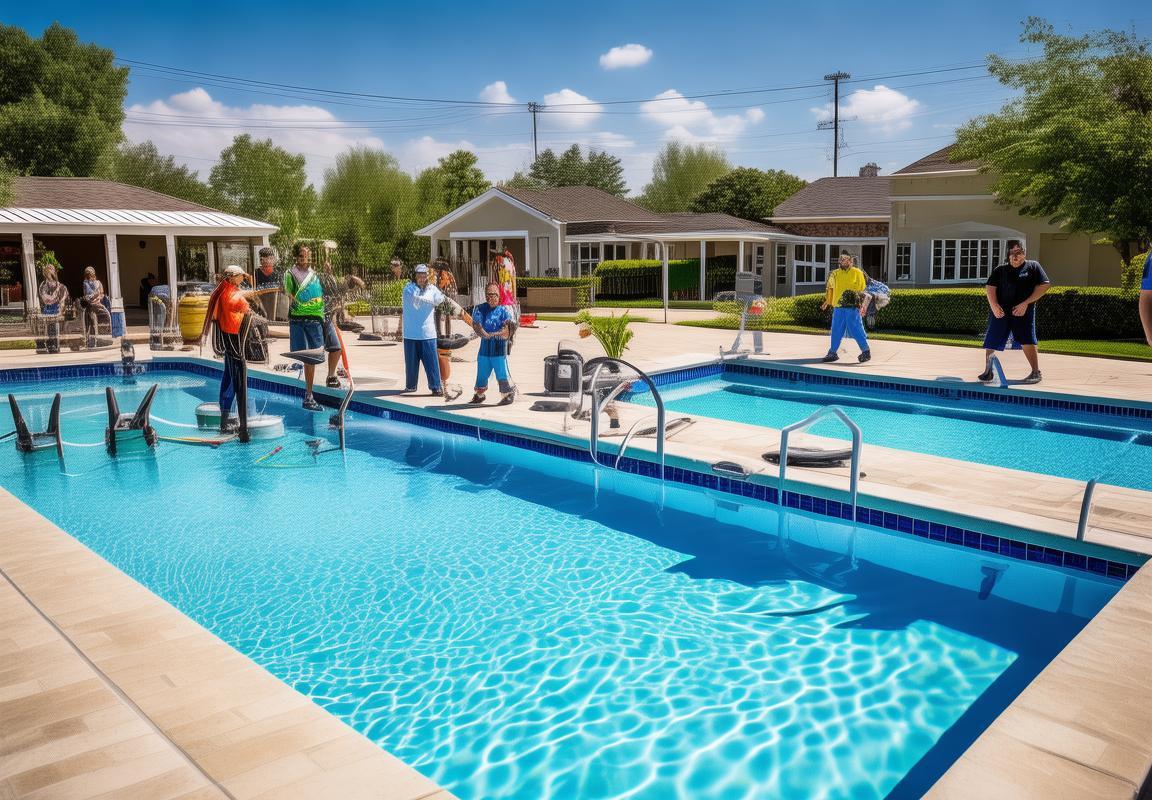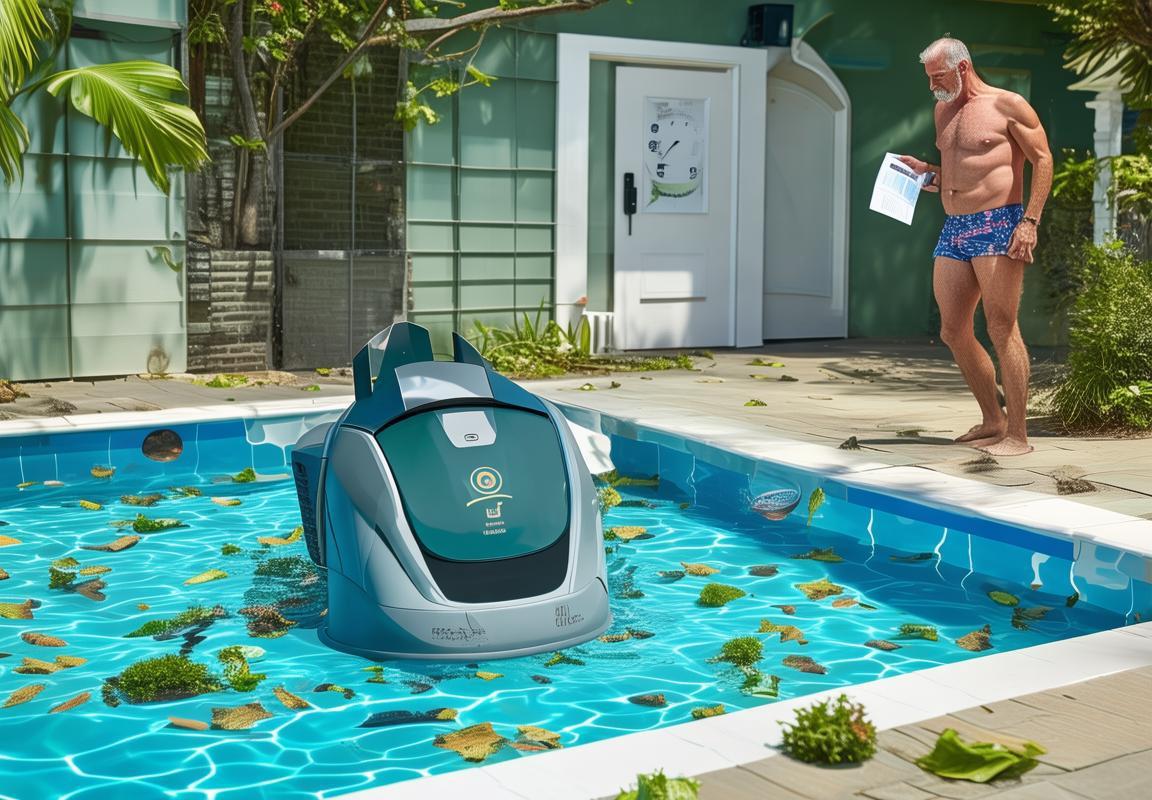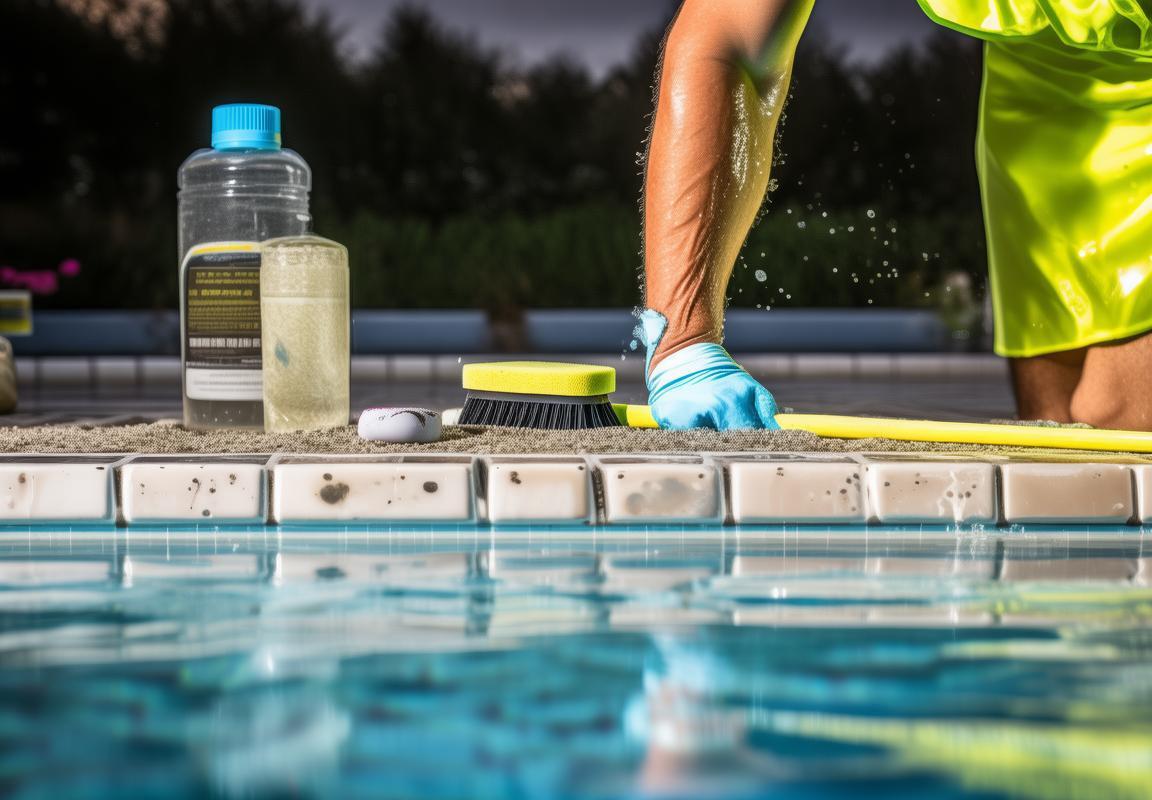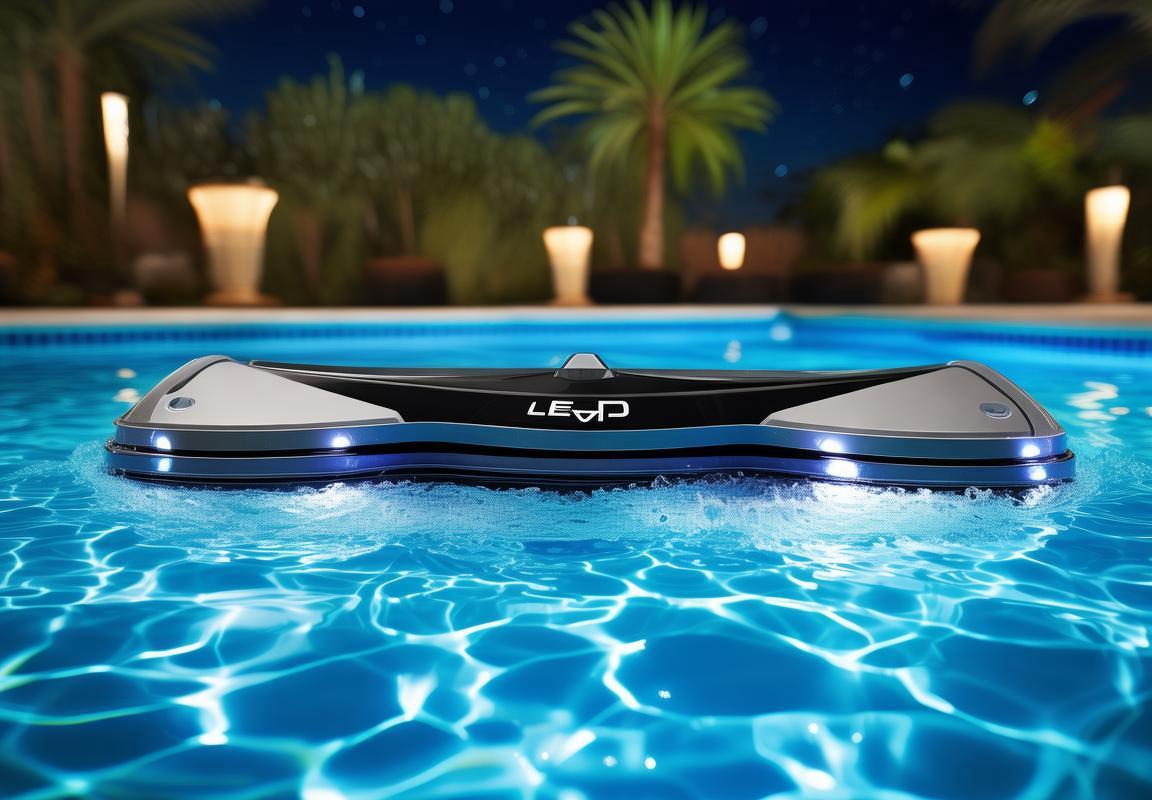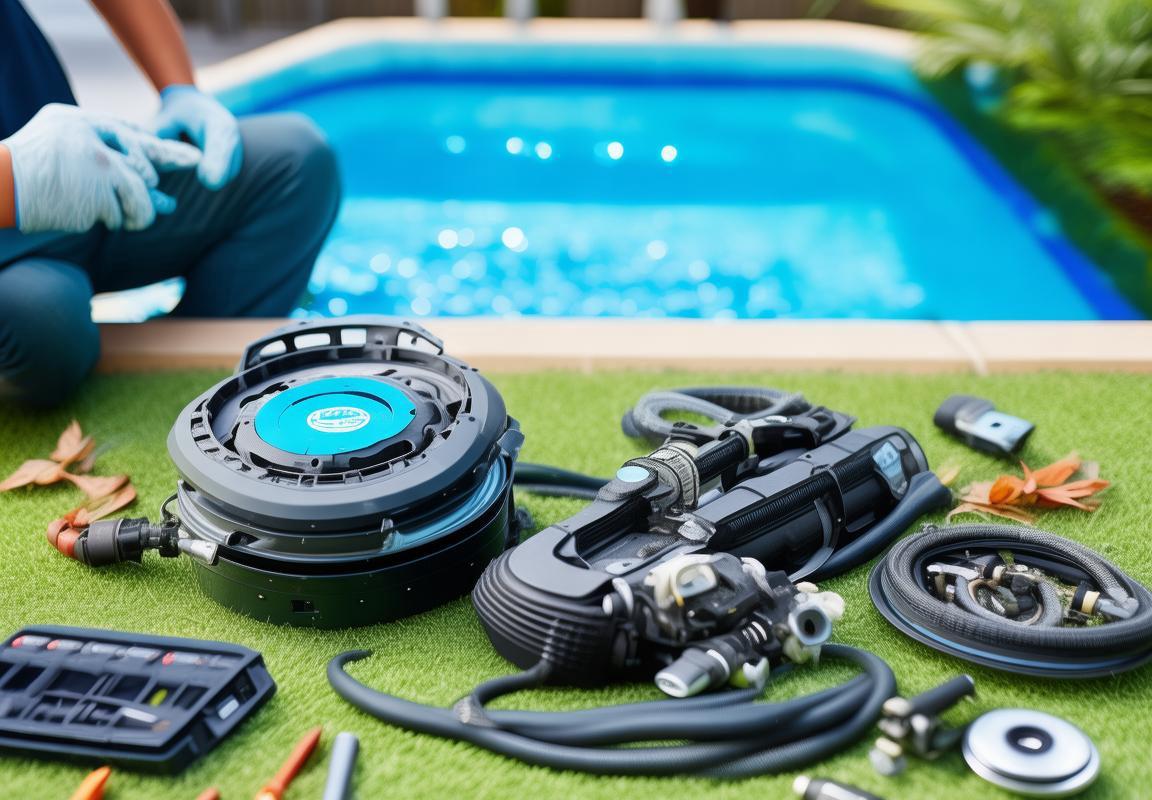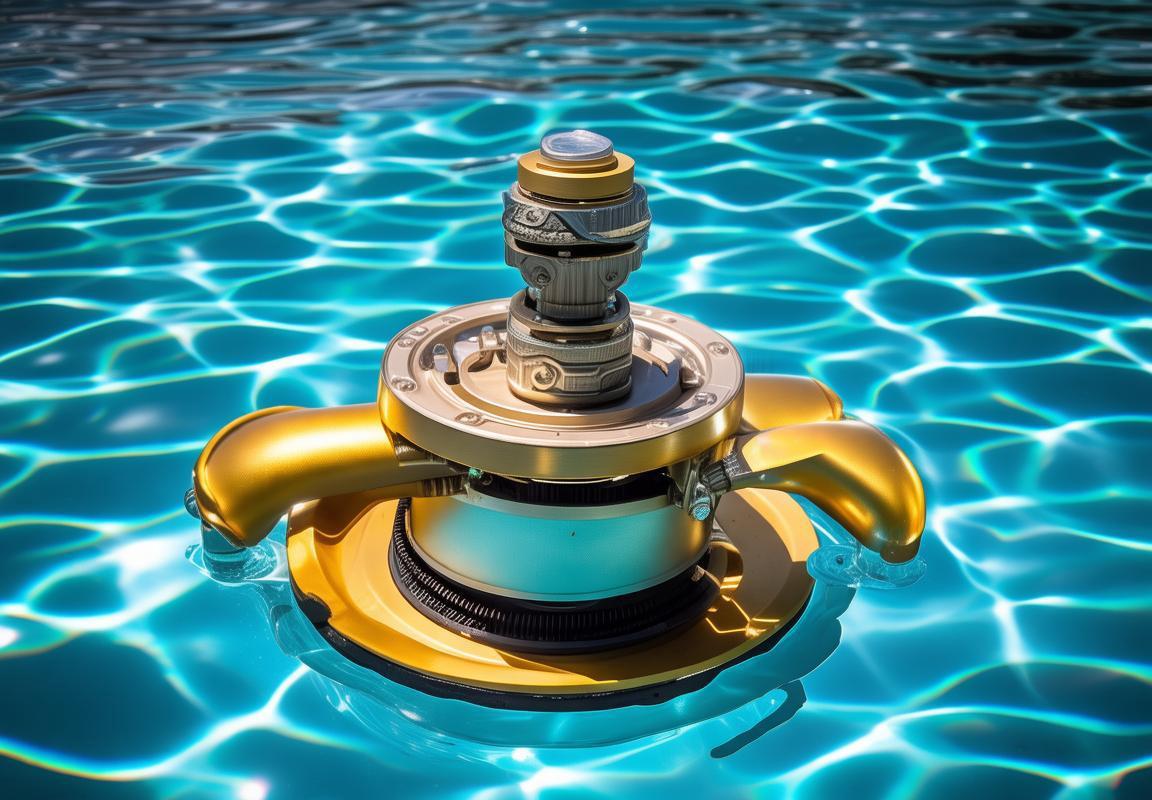Kreepy Pool Cleaner Parts: Essential Guide to Fixing Your Kreepy Pool Cleaner & Common Replacement Parts
Owning a Kreepy pool cleaner is like having a high-maintenance pet—it works great until it doesn’t. Common issues include slow movement (clogged hoses, worn diaphragm, or a tired turbine), clicking noises (debris in gears or a failing drive belt), or spinning in circles (a stuck/broken flapper). Weak suction? Check the footpad or dirty filter. If your Kreepy pool cleaner stops entirely, air in the hoses or a dead turbine might be the culprit. Key pool cleaner parts like the diaphragm (lasts 1–2 years) and turbine (3–5 years) wear out fastest, while hoses crack from sun and chlorine. Avoid dumb mistakes: don’t over-tighten fittings, replace the footpad when worn, and never run it 24⁄7. Prolong its life with hacks like using pantyhose as a pre-filter, lubricating seals with silicone grease, and storing it in shade. When repairs cost more than half a new unit or parts are discontinued, it’s time to upgrade. For Kreepy pool cleaner parts, stick to OEM or reputable sellers to avoid scams. Treat your Kreepy right, and it’ll keep your pool clean—without the drama.
